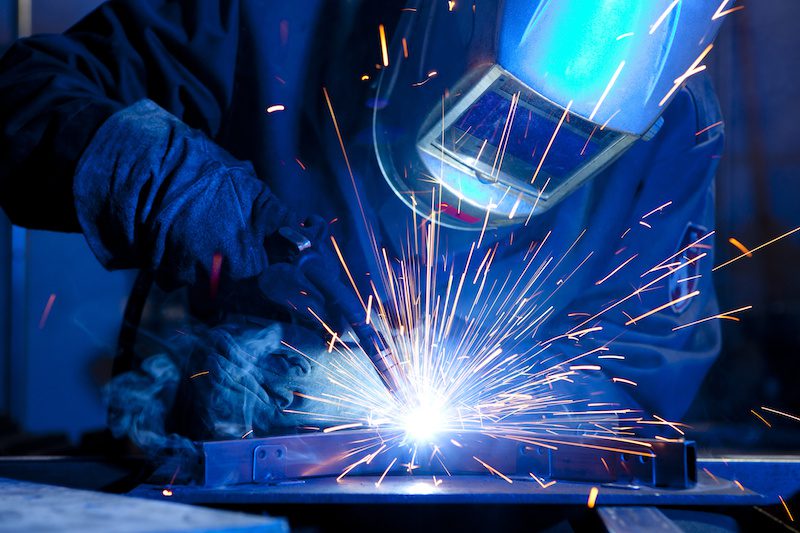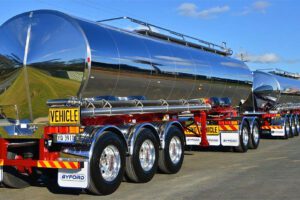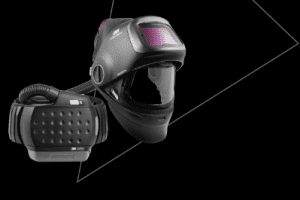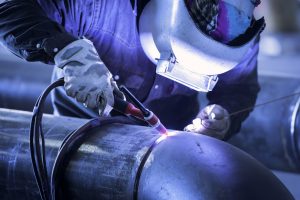An industry regulator has warned mine sites over welding fume cancer risk and has advised that some mines have not adopted new standards following the reclassification of welding fume to a Group 1 Carcinogen.
In 2017, welding fumes were reclassified by the International Agency for Research on Cancer (IARC Monogram -118) from a Group 2B (possibly carcinogenic to humans) to Group 1 (carcinogenic to humans). As part of the reclassification, ultraviolet radiation from welding processes was also updated to combat the risk of skin and eye cancer.
The News South Wales Resources Regulator (NSWRR) has advised mine operators that updated knowledge of work health & safety practice must form part of safe mining operations to minimise welding fume cancer risk.
NSWRR highlighted that there are more than 80 different types of welding and associated processes used across industry that may present risks. Some of the most common types of welding are arc welding, which includes ‘stick’ or shielded metal arc welding, gas-shielded methods of metal inert gas (MIG) and tungsten inert gas (TIG) and plasma arc welding (PAW). Other processes such as air arc gouging are also common to the industry.
The regulator identified that some mines had not changed or reviewed practices following the reclassification of welding fume to a Group 1 Carcinogen. Specifically, changes to hierarchy of controls may be required different in order to minimise welding fume exposure.
Inspections across industry identified:
- where respiratory protection in the form of air-stream welding helmets was provided, a higher order control such as local exhaust ventilation to remove the fume was not always considered or implemented;
- where airstream helmets were not always individually issued and were not being used on a regular basis and that workers were not familiar with the care and maintenance and the replacement of filters on these units;
- there was a reliance on natural or fan-forced ventilation to dilute fumes without consideration of other workers in the vicinity;
- contract maintenance workers appeared to be better informed of the risks associated with welding fumes and were more compliant with the appropriate selection, use and maintenance of personal protection equipment (PPE);
- operators of underground mines had not considered the implications of contaminating the underground ventilation circuit with welding fumes and exposing other workers in the vicinity;
- workers were not always provided with adequate information, training and instruction in the carcinogenic risk and appropriate controls for welding processes;
- occupational hygiene monitoring of worker’s exposure to welding fumes and ultraviolet radiation was not consistent across the industry.
Further information on control of exposure to welding fume or minimising welding fume cancer risk is available through the NSWRR Information Bulletin.
Read more Mining Safety News














Add Comment